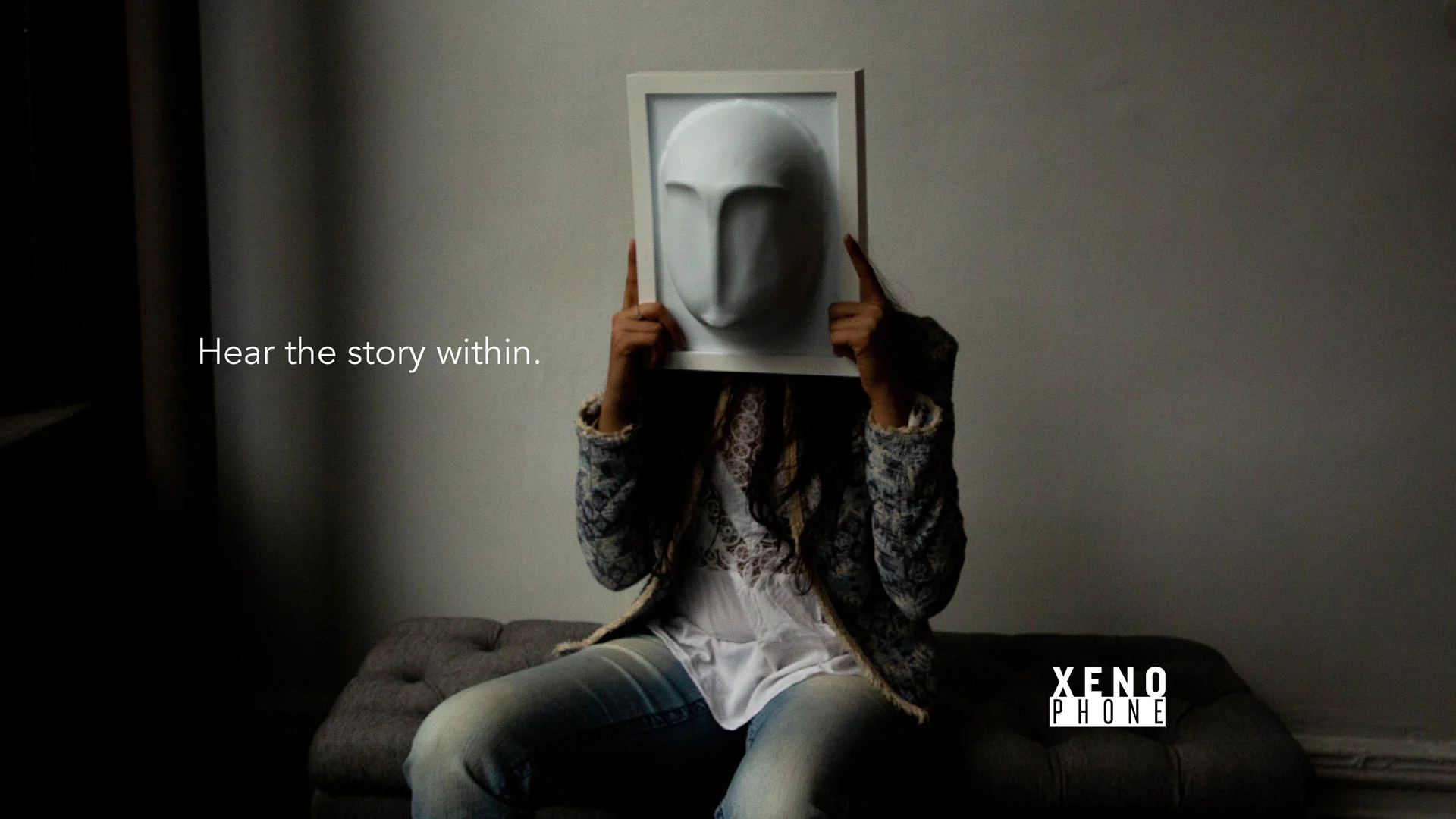HACKING THE RACIAL BINARY: Design Provocations for Identity and Shame
Manako Tamura has spent the last year trying to reconcile her experience as an assimilated immigrant of color by interviewing, designing for and reflecting with the generation 1.5 immigrants of color who, like her, migrated to the US in the most formative years of their identities. Going into this journey, she first thought her thesis was going to be about transnationalism, where the main tension she had to resolve was around immigrants’ countries of origin and their adopted homelands. “As I spoke with users and experts on the subject, it became clear that the real tensions had to do with the transactional nature of assimilation where,” she reveals, “one could not embody both American and another culture.”
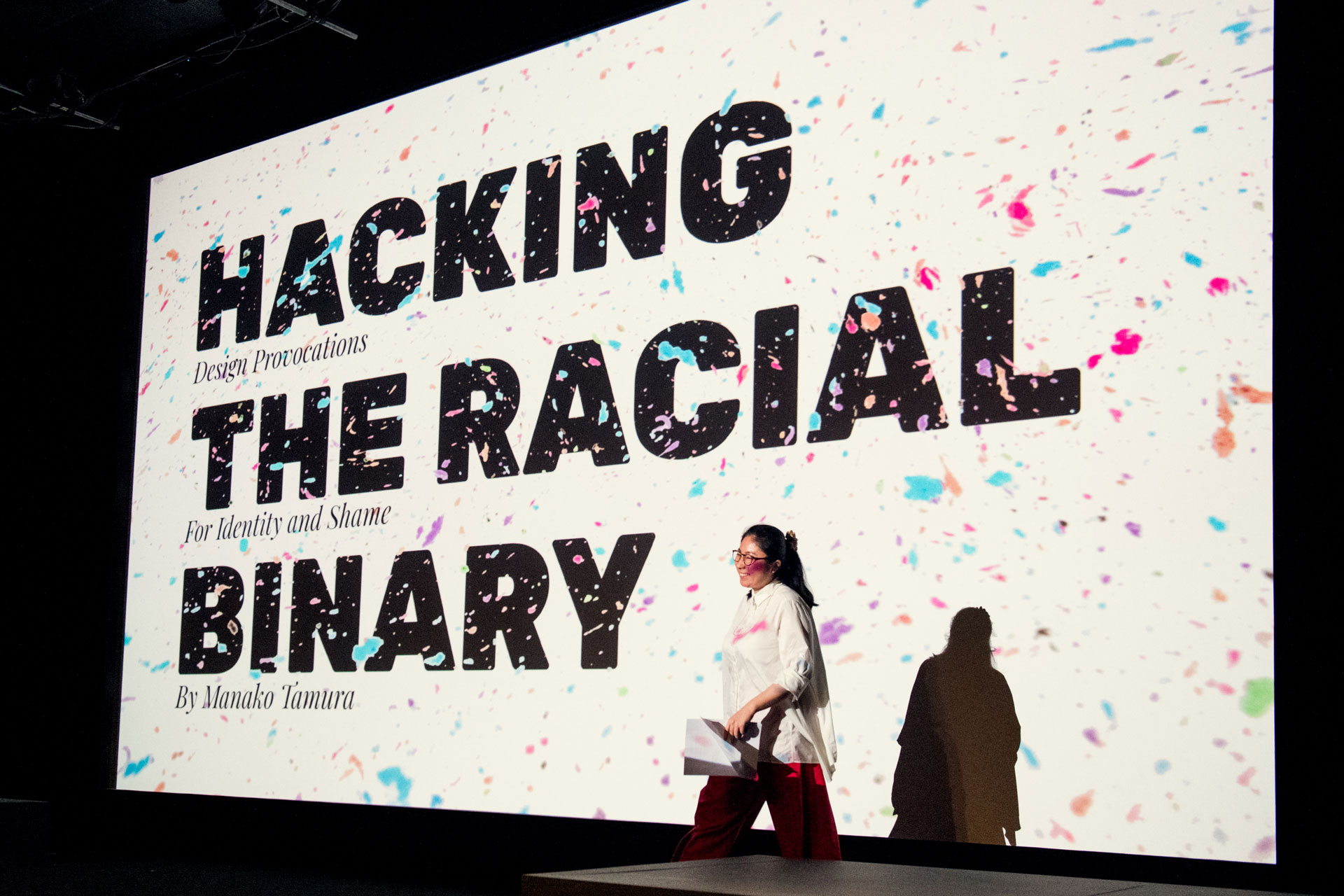
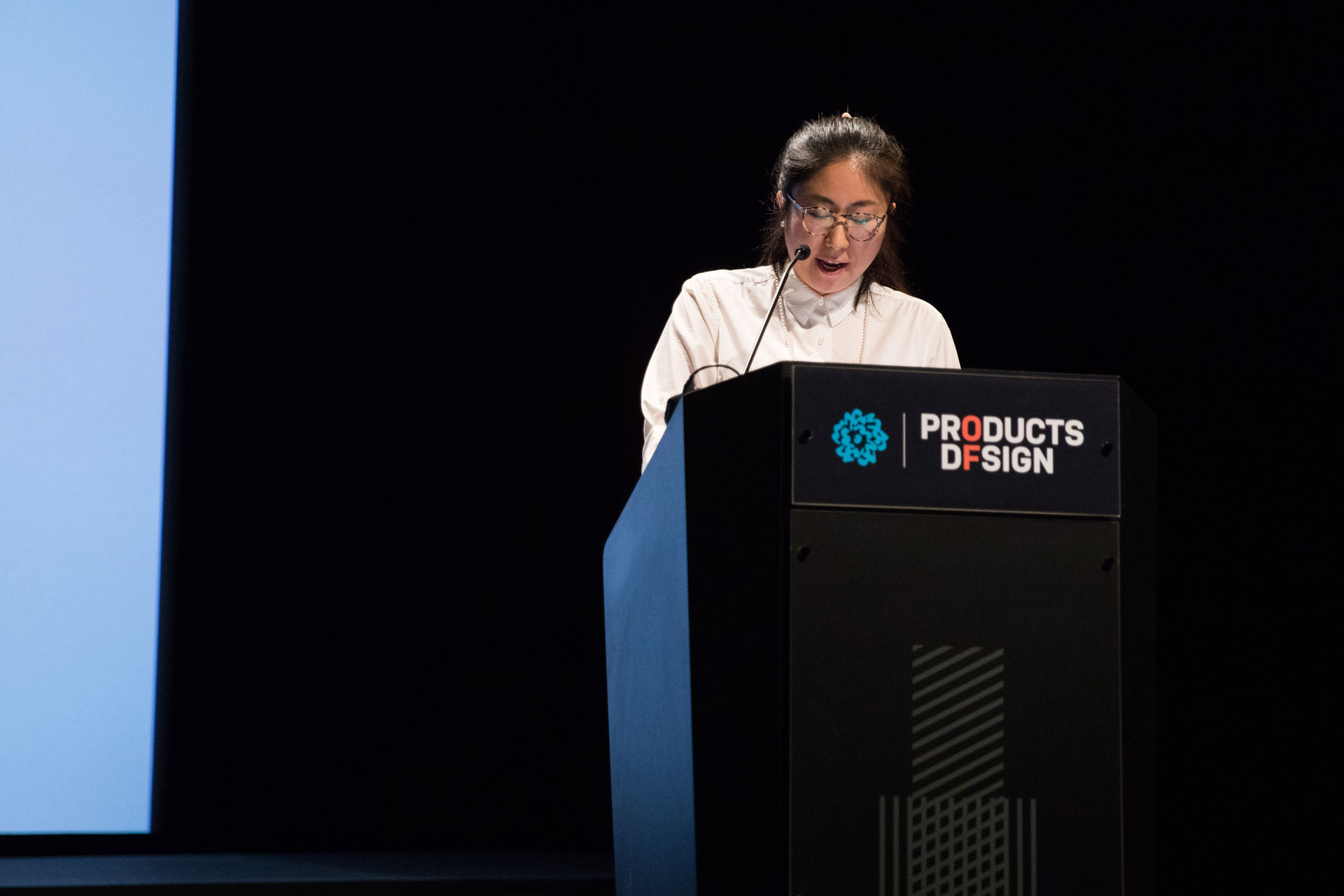
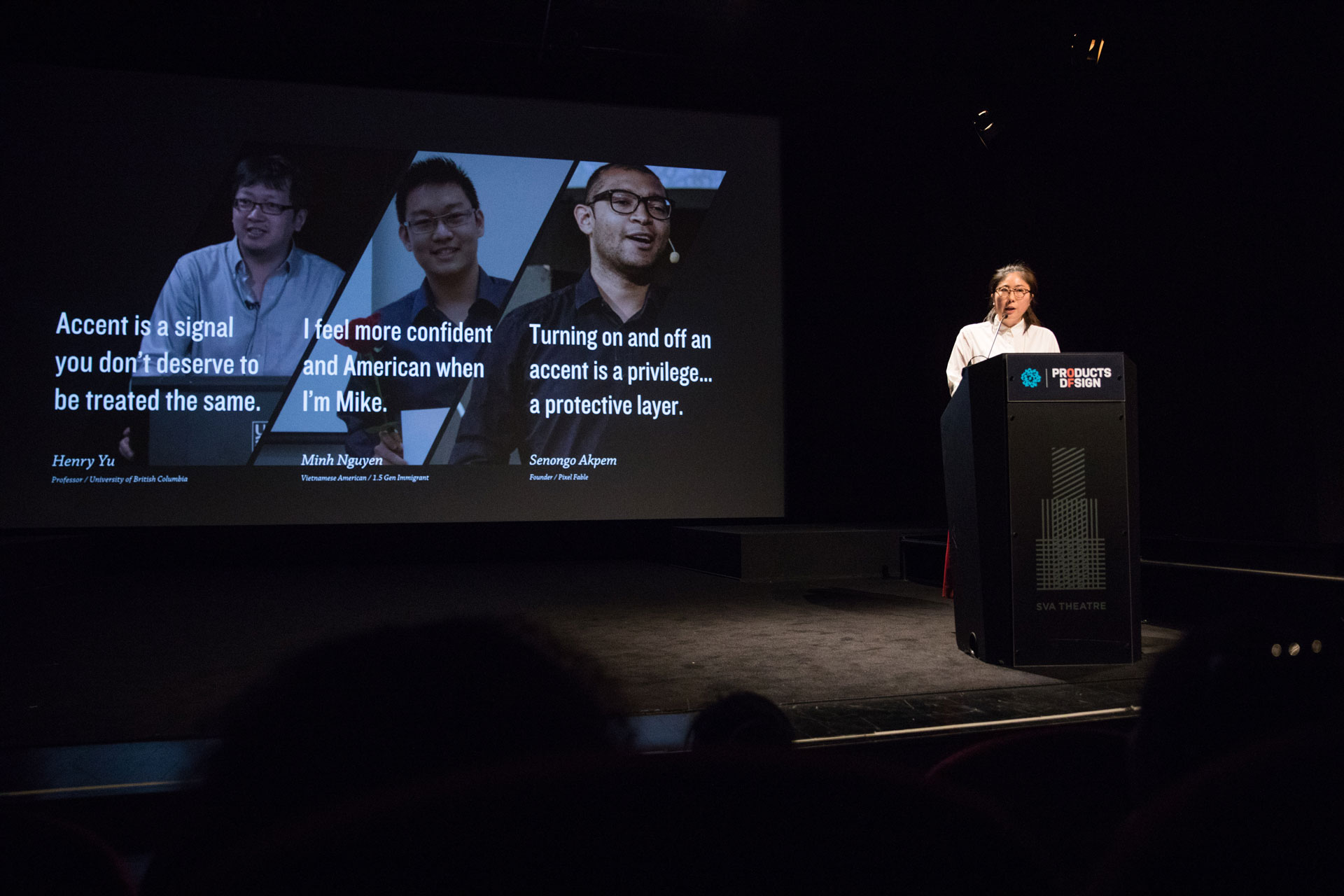
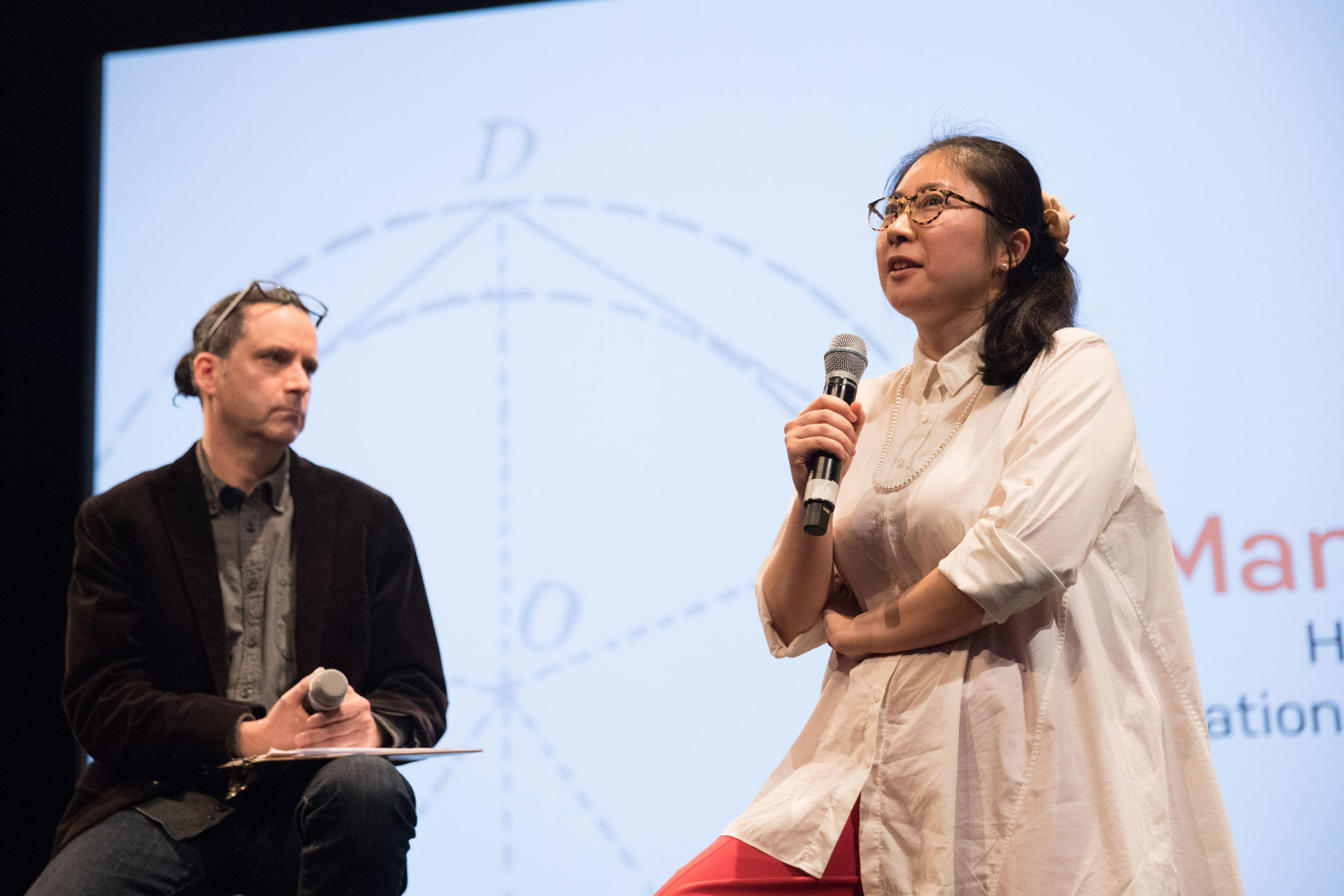

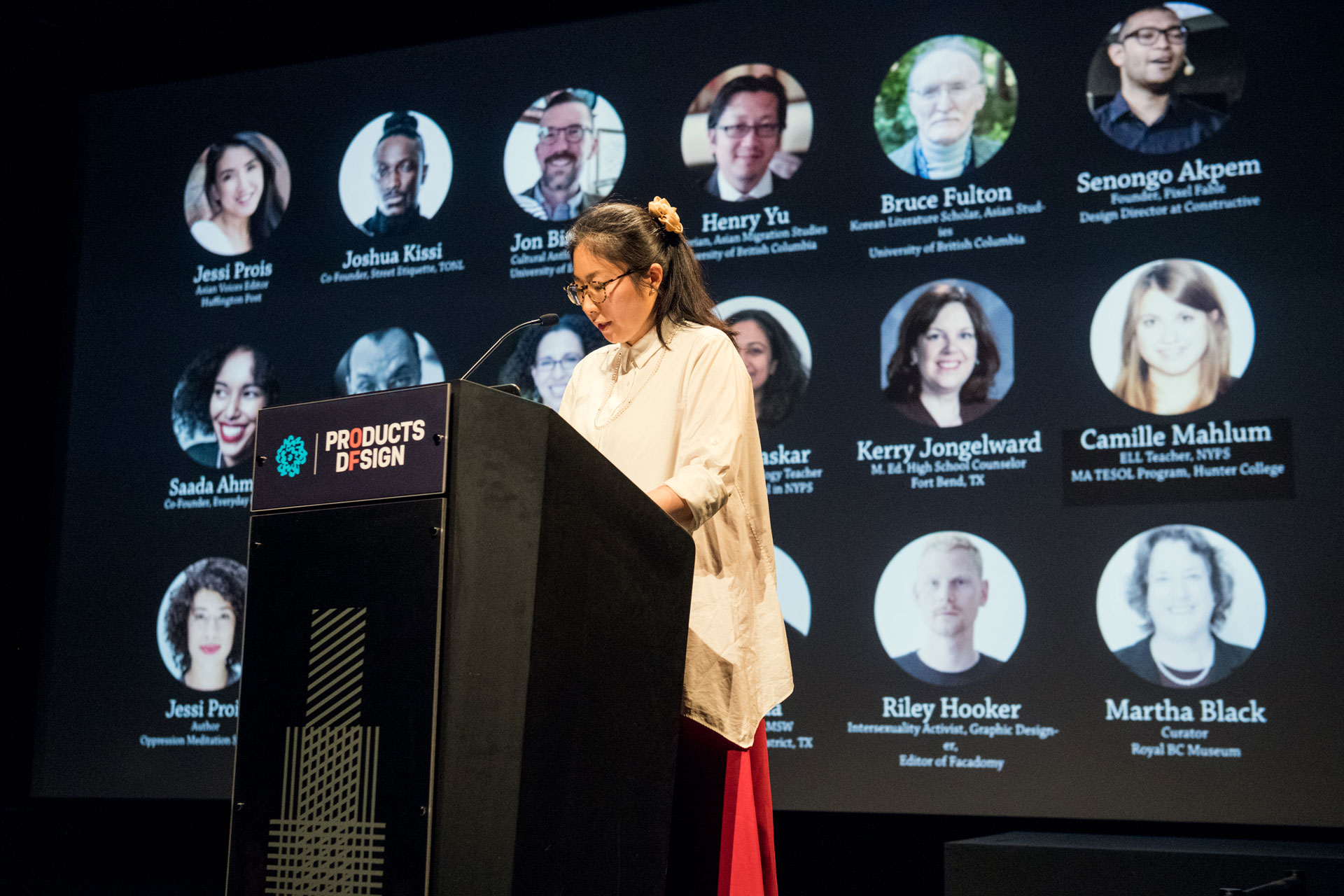
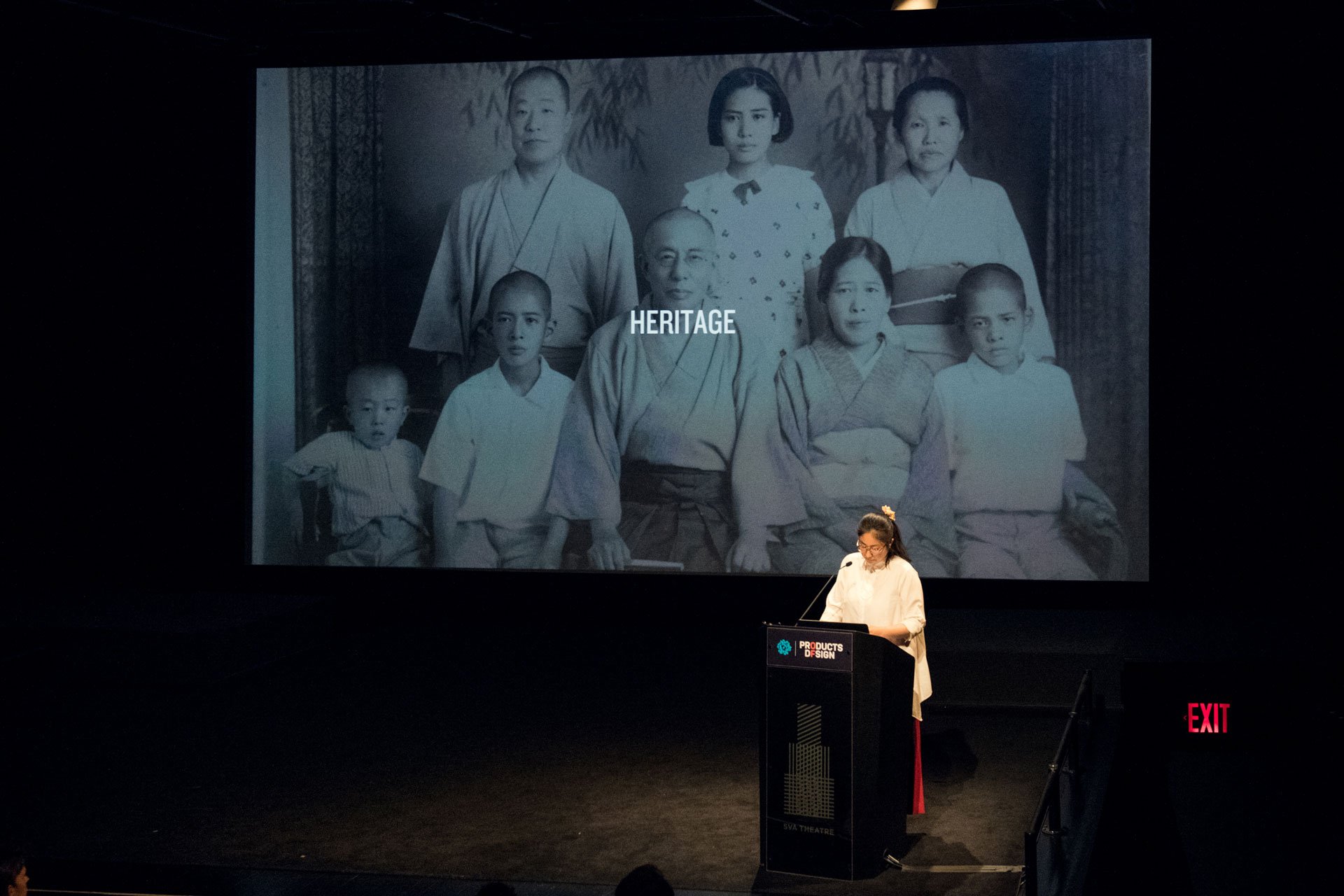
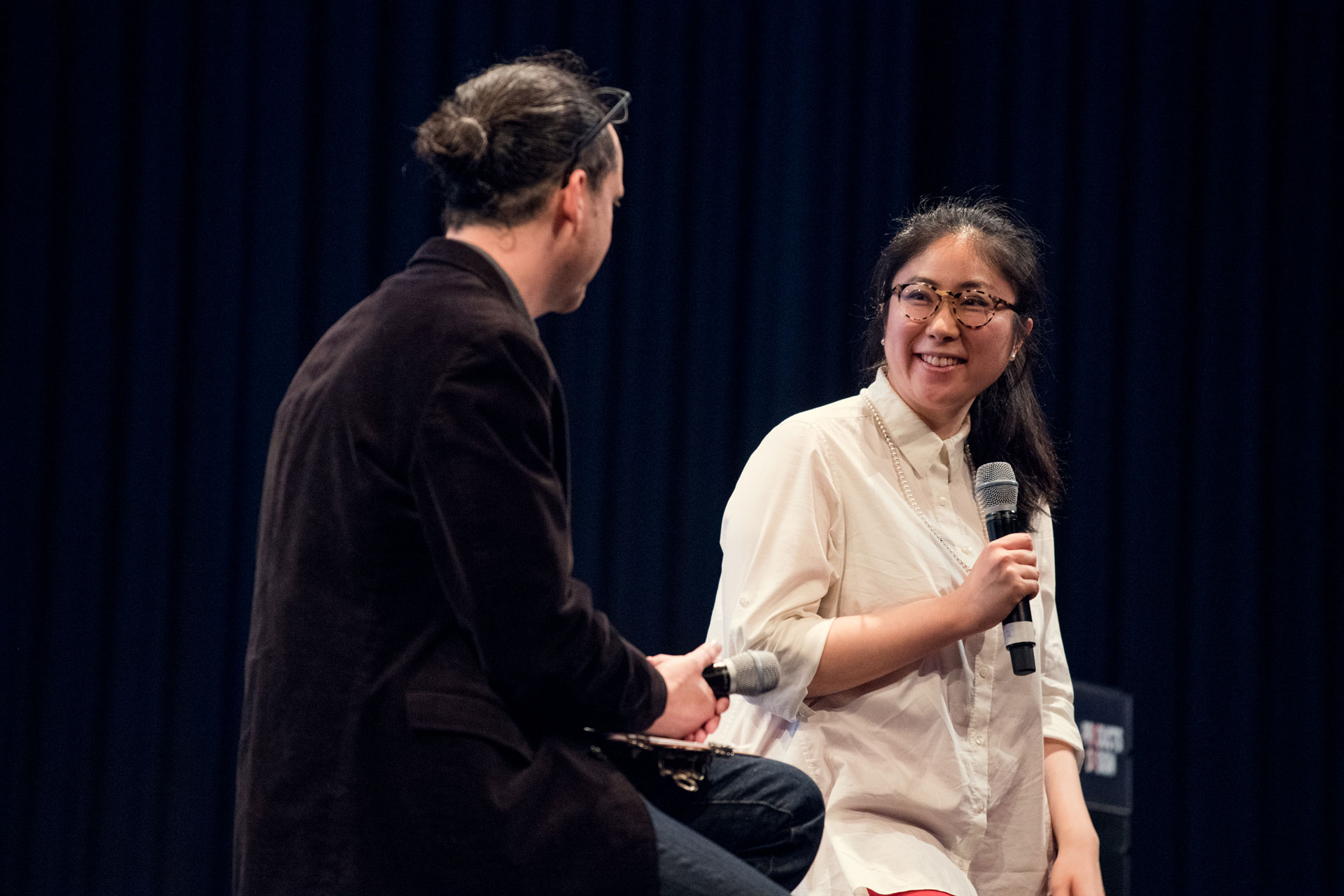
In order to integrate into the American society, one must remove cultural signifiers that mark them as different. Whether it’s an accent, food, clothes, or demeanor, Manako’s interviewees recounted sore experiences of stripping away their cultural selves in order to fit in and a sense of shame that drove it. A Filipino American who originally migrated to the US illegally told her, “I felt shame for my culture, so I didn't want to socialize or speak in the language.”
Furthermore, this tension that her users experienced was not just about cultures; it had to do with race. The immigrants of color and their children are challenged to navigate the racial binary in America. Often, they did so by becoming whitewashed. As the historian Ellen Wu claims, Asians were especially prone to whitewashing as they became the “model minority” in America, where their supposed “self-reliance, valorization of family, reverence for education, and political moderation” became the basis for differentiating them from blacks during the civil rights era, assigning them to the “almost white” status. Since the 60s, the rhetoric of hardworking Asians achieving success has wrongly been used to condemn black Americans, ignoring the institutionalized racism and discrimination that black Americans have faced, and foolishly claiming that their plight is because of laziness.
But precisely because of this privilege of being “almost white,” where Asians are perceived as posing no threat to whites, they continue to experience oppression in a form of identity crisis. In a 1969 Yellow Power Manifesto, an activist Amy Uyematsu writes, “Fully committed to a system that subordinates them on the basis of non-whiteness, Asian Americans still try to gain complete acceptance by denying their yellowness.” Today, almost 50 years after Uyematsu made her speech, things have not changed much. Manako observes, “we try so hard to erase our heritage, but it does not matter. It seems that even if you are second, third, or fifth generation American, as long as you look Asian, you are not going to be fully American.”
Through this thesis journey, Manako explored these multilayered tensions within the identities of immigrants of color, and designed for different facets of cultural identity—food, accent, fashion, and family history.
Awkward Middle Place
Awkward Middle Place is a co-creation workshop for second to third generation immigrants of color where they answer questions around their identities through collages. When do you feel American? How do you want to be perceived? What do you fear?
Maracasticks
Maracasticks are a set of oversized chopsticks that make irritating noise. Drawing a parallel to slurping, which is a way that many Asians eat noodles, it exposes how arbitrarily and viscerally we judge the way others eat.
Switch
Switch is a mobile app that uses accent recognition to track one’s code switch. Depending on the users’ needs, it can nudge them to code switch less, encouraging them to speak more like their culturally authentic selves, or to code switch more, helping them learn to speak like their white colleagues at work for instance.
Dress Code
Dress Code is a shopping platform that lets consumers find clothes that reference their cultural heritage. The database of cultures from which designers take inspiration enables the platform to serve another function: combat cultural appropriation by pressuring fashion brands to credit and partner with the marginalized communities that they exploit.
Xenophone
Xenophone is a speaker that is shaped like a mask. Using bone conduction technology, it enables users to connect with their ancestral stories in a tactile way. Upon recording a story with, for instance, their grandmother, the audio file lives within the mask and can be heard only when the user inhabits the mask.
Hyphen
Hyphen is a pop-up event that Manako hosted in Union Square, where she encouraged more than 60 participants to celebrate the hyphens in their cultural identities through creating kaleidoscopes.
To learn more about Manako Tamura’s work, take a look at her projects in more detail on manakotamura.com. The best way to reach her is via email, mtamura@sva.edu. For anyone who is interested in further exploring her thesis topic, she recommends the following readings:
The Color of Success: Asian Americans and the Origins of the Model Minority by Ellen Wu
Immigrants and the American Dream: Remaking the Middle Class by W. A. V. Clark
Rethinking Assimilation Theory for a New Era of Immigration by Richard Alba and Victor Nee



















